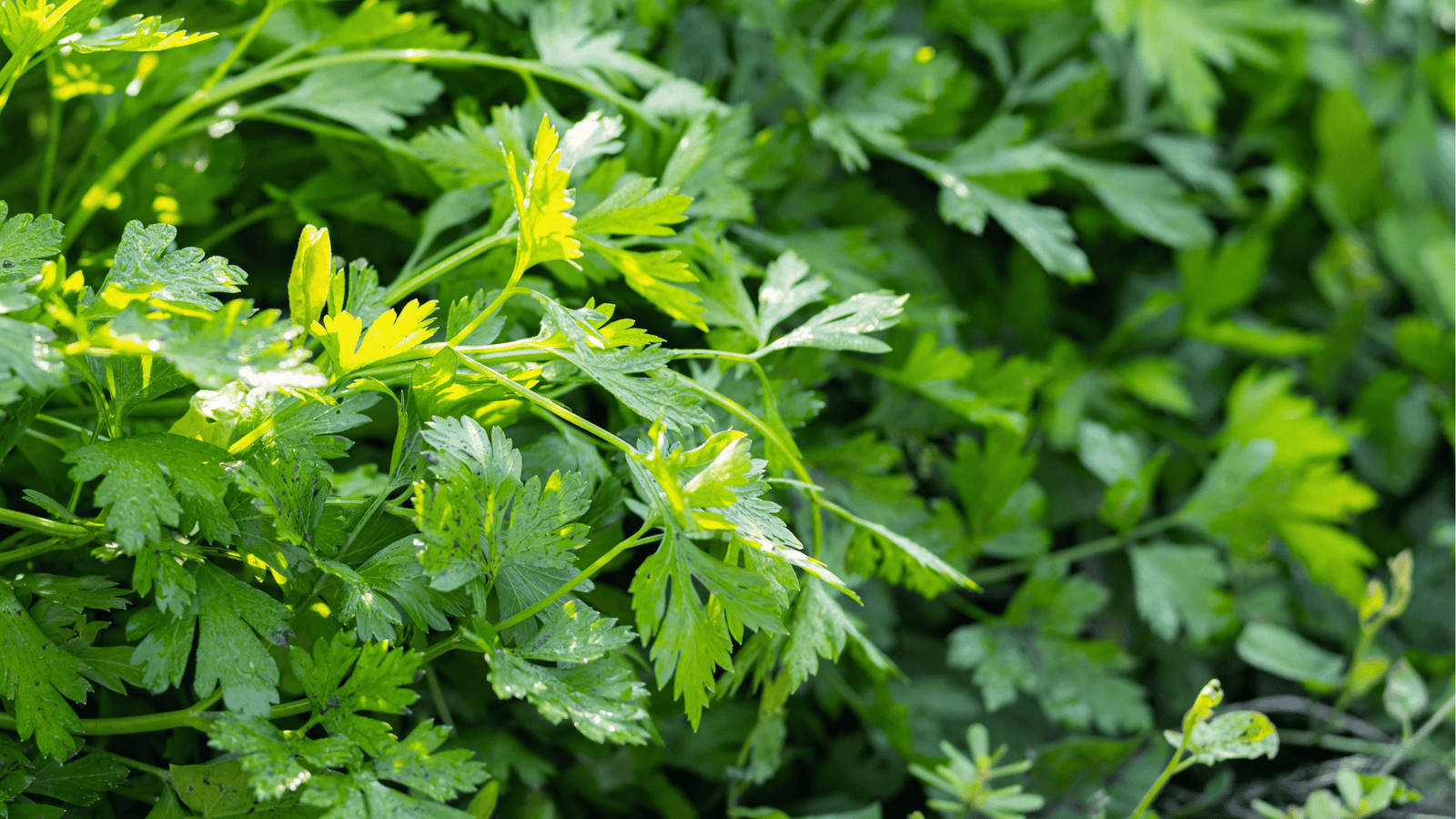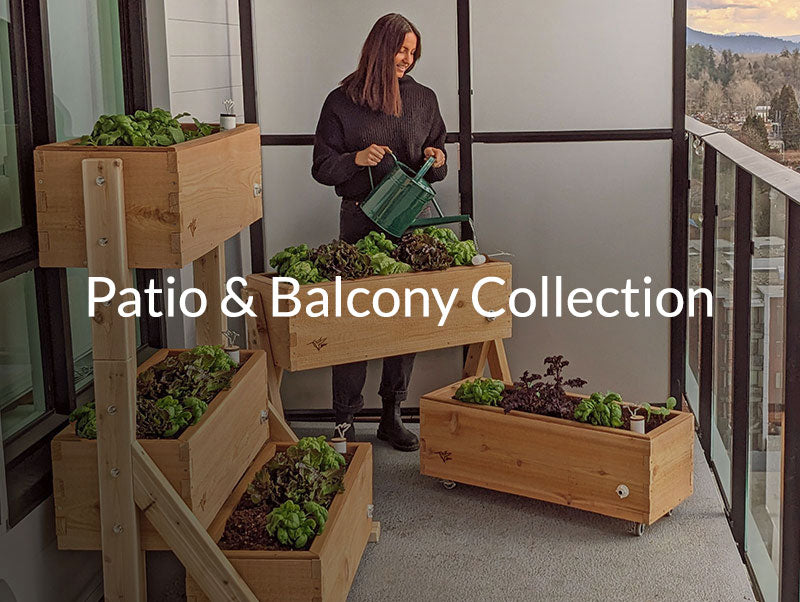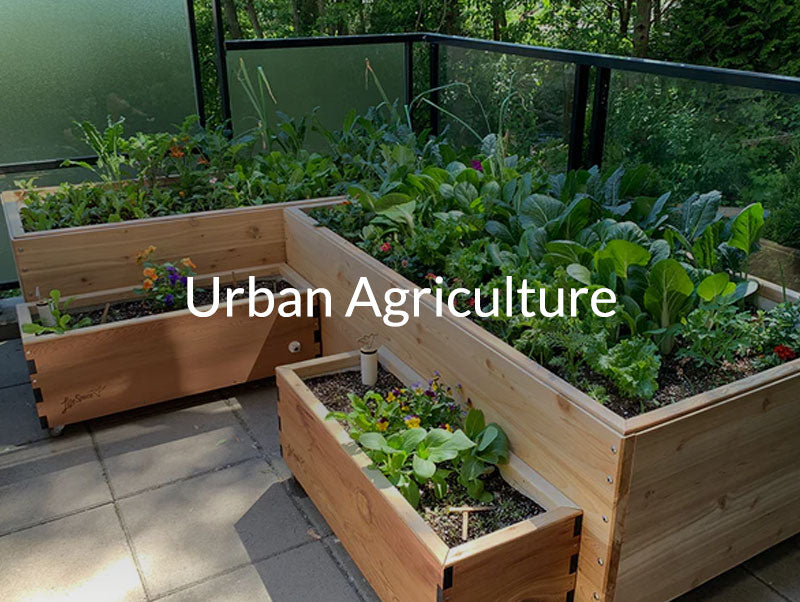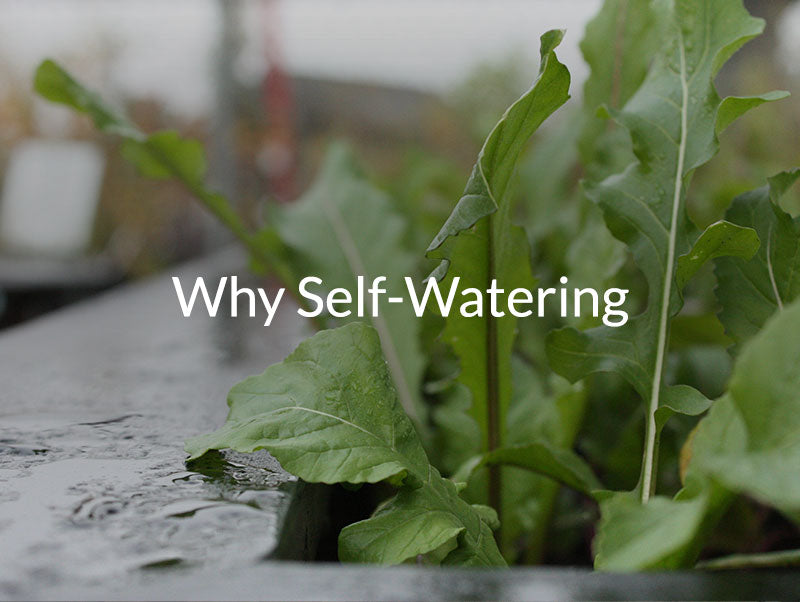Parsley Growing Guide🌿: Planting and Care for Continuous Harvests

Introduction
Parsley is a versatile, slow-bolting herb that thrives in SIPs, raised beds, and wicking beds. Whether you're growing curly or flat-leaf varieties, steady bottom-up watering ensures vibrant foliage and longer harvest windows. Using GardenWells inserts transforms any planter into a low-maintenance wicking bed, making parsley one of the easiest herbs to grow year-round.
When to Plant Parsley
-
Spring: Start seeds indoors in March or direct-seed in April after frost danger passes. See the March Gardening Guide for early seed-starting tips.
-
Summer: Plant parsley plugs or seeds through June for a full-season harvest; see the June Gardening Guide for hot-weather care.
-
Fall: In mild climates, sow parsley in August for cool-season growth — tips in the September Gardening Guide.
Square Foot Gardening Spacing
-
Spacing: 4 parsley plants per sq ft (~6” apart)
-
Depth: Sow seeds ¼” deep or transplant seedlings at the same soil level as nursery pots
How to Plant Parsley
Starting Indoors (Preferred)
-
Start seeds indoors 8–10 weeks before your last frost date.
-
Soak seeds overnight to speed up germination.
-
Harden seedlings off for 5–7 days before transplanting into SIPs or wicking beds.
Direct Seeding
-
Sow directly into SIP planters or raised beds in April or May once the soil is warm.
-
Parsley takes 14–28 days to germinate, so keep soil consistently moist during early growth.
Watering Your Parsley
Parsley prefers steady, consistent hydration:
-
Use your WaterStem to monitor levels: when the Hummingbird rises, your reservoir’s full; when it drops, refill.
-
Before establishment: Top-water lightly for 7–10 days until seedlings root into SIP moisture zones.
-
After establishment: Refill reservoirs every 1–2 weeks depending on heat and density.
-
Mulch lightly around plants to keep soil cooler in hot weather.
Harvesting Parsley
-
Timing: Ready to harvest 70–80 days after planting.
-
Method: Snip outer stems at the base, leaving the center to regrow.
-
Continuous Production: Regular harvesting encourages bushier plants and longer yields.
-
For summer pruning strategies, see the July Gardening Guide.
Common Issues & Fixes
| Issue | Likely Cause | Solution |
|---|---|---|
| Yellow Leaves | Overwatering or poor drainage | Use SIPs or wicking beds for balanced hydration |
| Slow Germination | Hard seed coats | Pre-soak seeds and keep soil consistently moist |
| Aphids | Warm-season pest | Interplant basil or nasturtiums to deter pests |
Companion Plants for Parsley
Best companions (with cross-links):
-
Tomatoes → Parsley attracts hoverflies and ladybugs that reduce tomato pests.
-
Carrots → Pair well in SIPs due to complementary root depths.
-
Basil → Adds pest control while sharing similar watering needs.
-
Chives & Onions → Great pest deterrents, especially near fruiting plants.
-
Strawberries → Low-growing companions that maximize SIP layering.
Avoid planting with:
-
Lettuce → Can bolt faster when planted too close to parsley due to shading.
-
Mint → Invasive roots can overtake SIP beds.
Layout Tip:
-
Plant 4 parsley plants per sq ft in LifeSpace Gardens or wicking beds.
-
Edge parsley around tomatoes or peppers for pest control.
-
Interplant basil, chives, or nasturtiums nearby to enhance pollinator activity.
Product Tips
-
Small patios? Grow parsley in CondoFarms self-watering planters for compact, high-yield setups.
-
DIY gardeners? Turn any raised bed into a wicking bed with GardenWells inserts.
-
Scaling up? Explore custom self-watering raised beds for larger culinary herb gardens.







